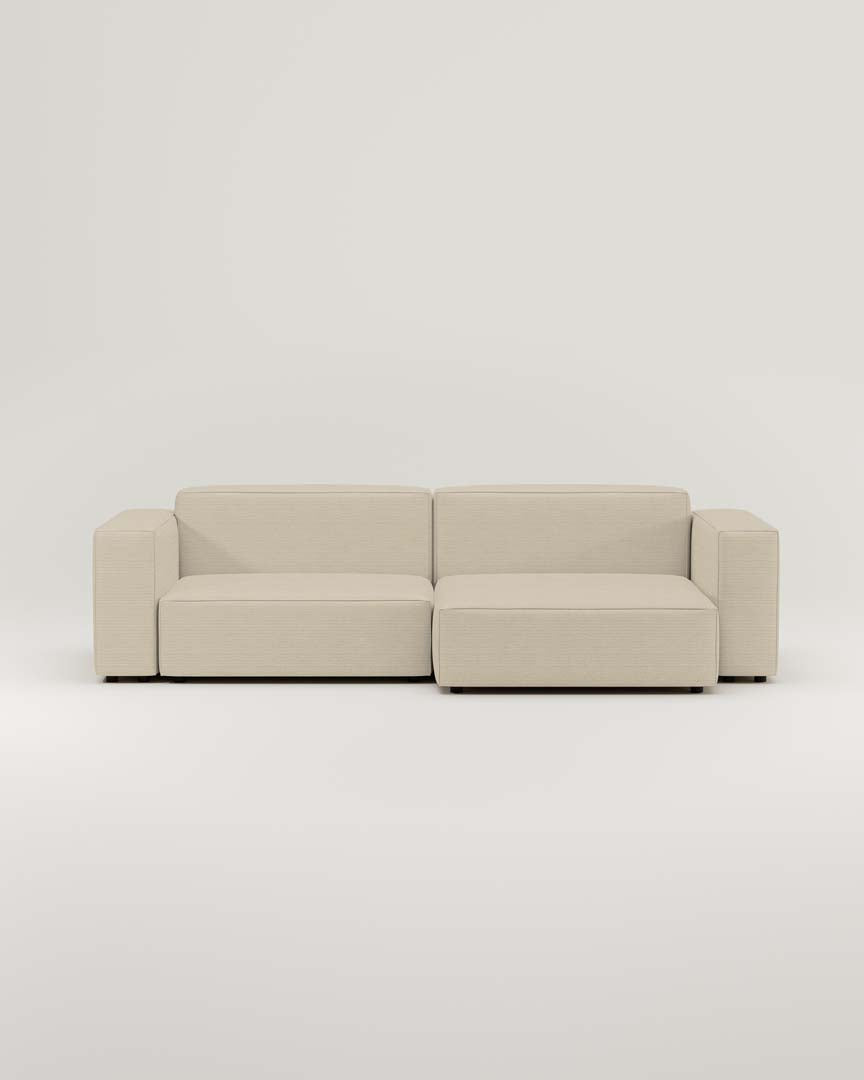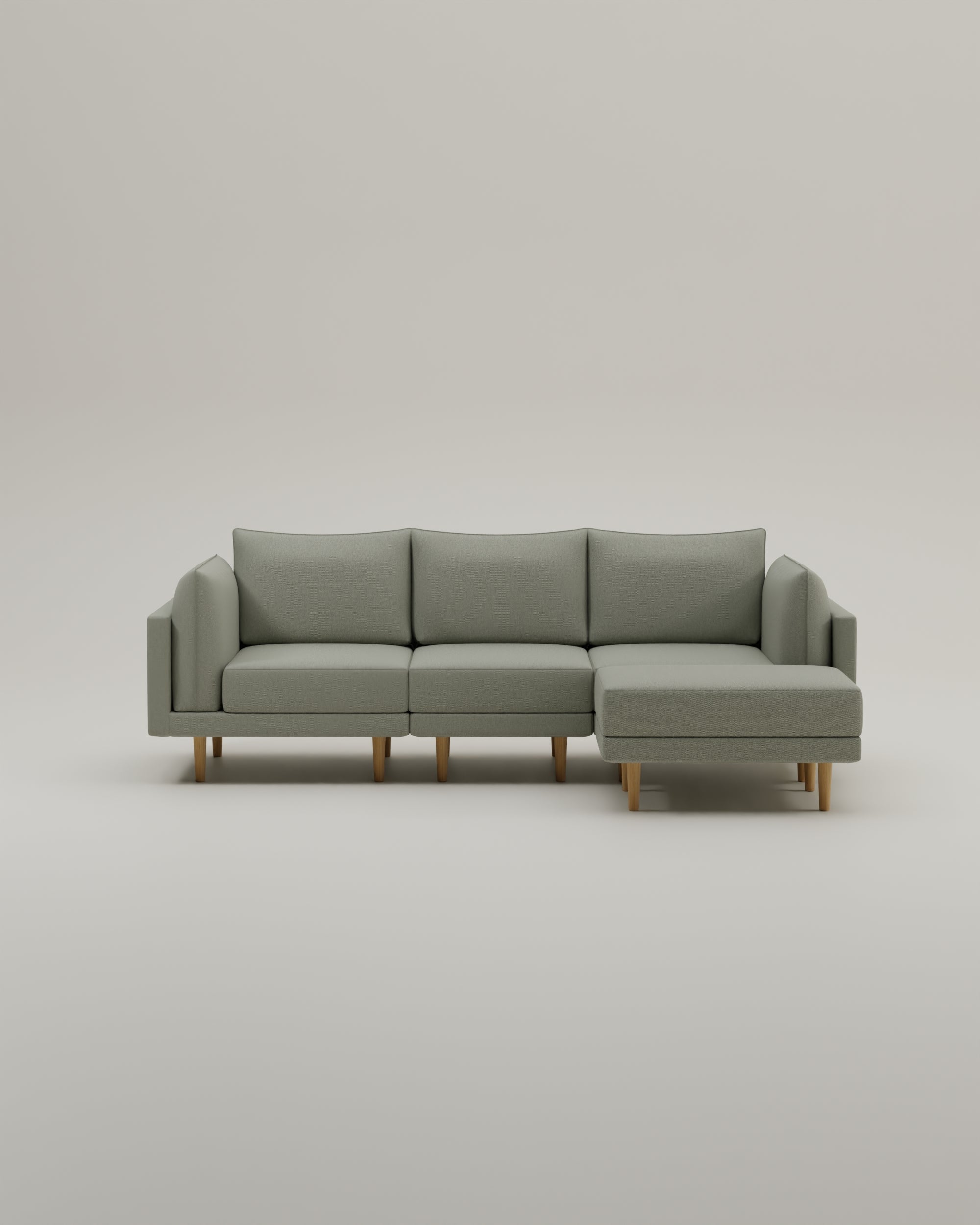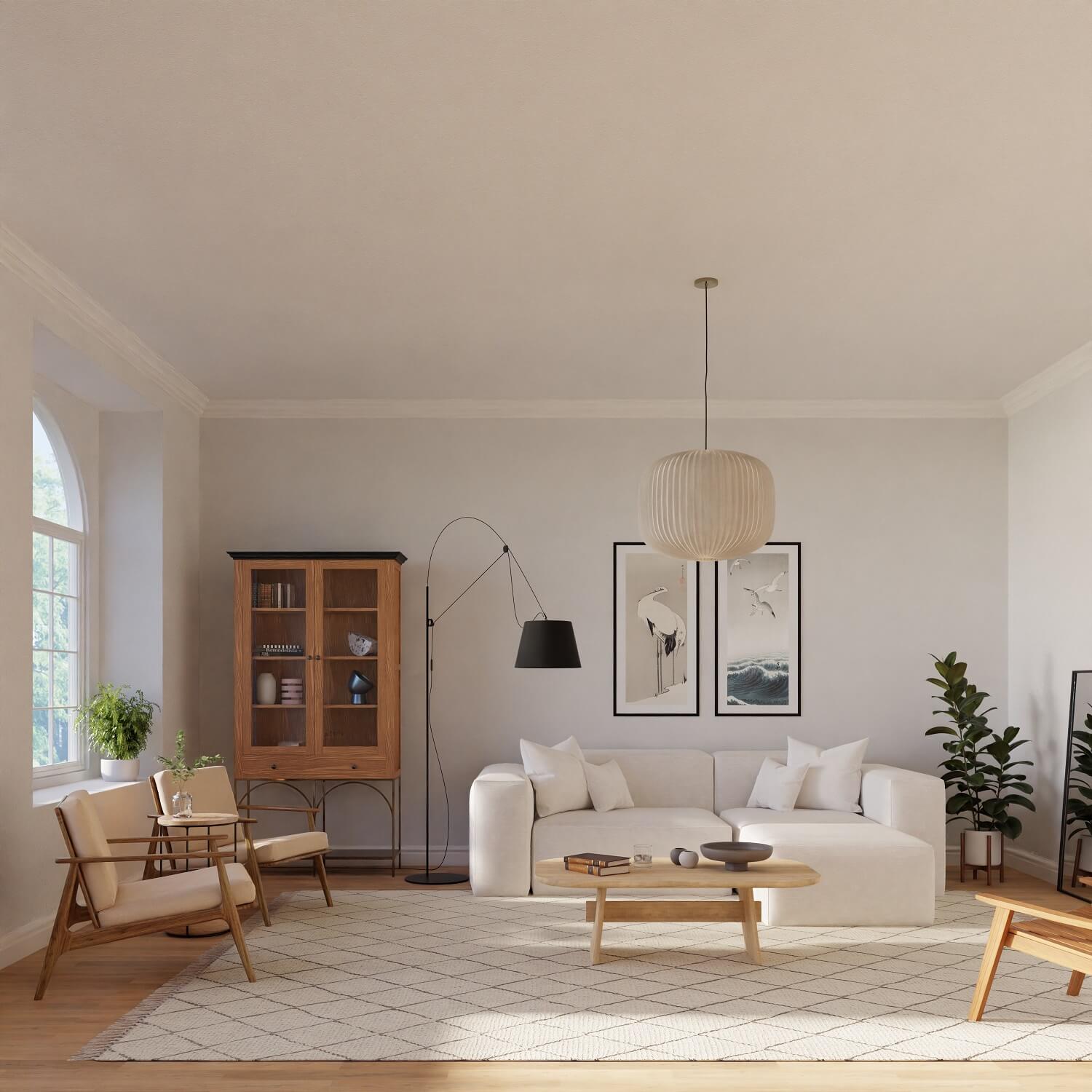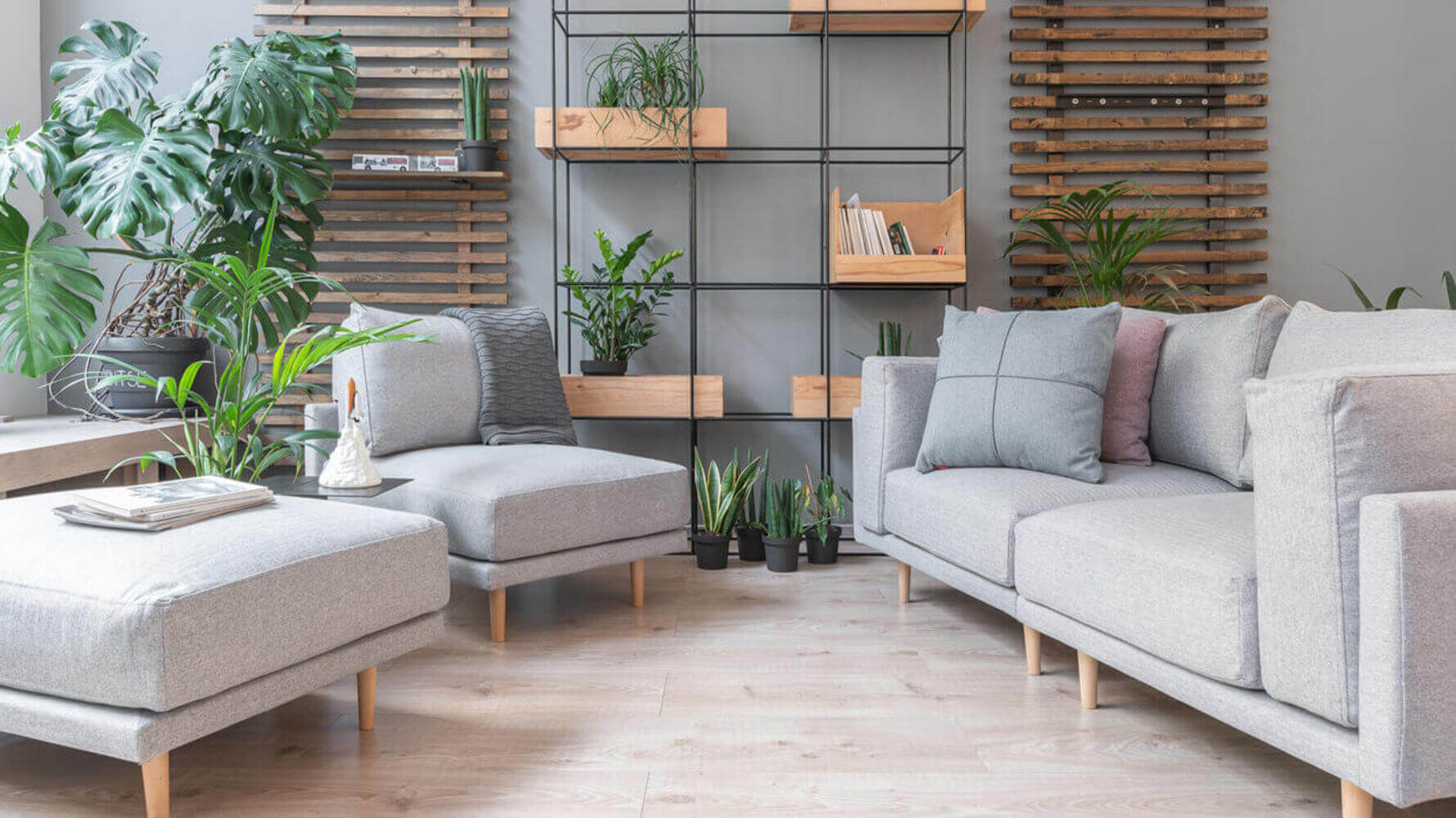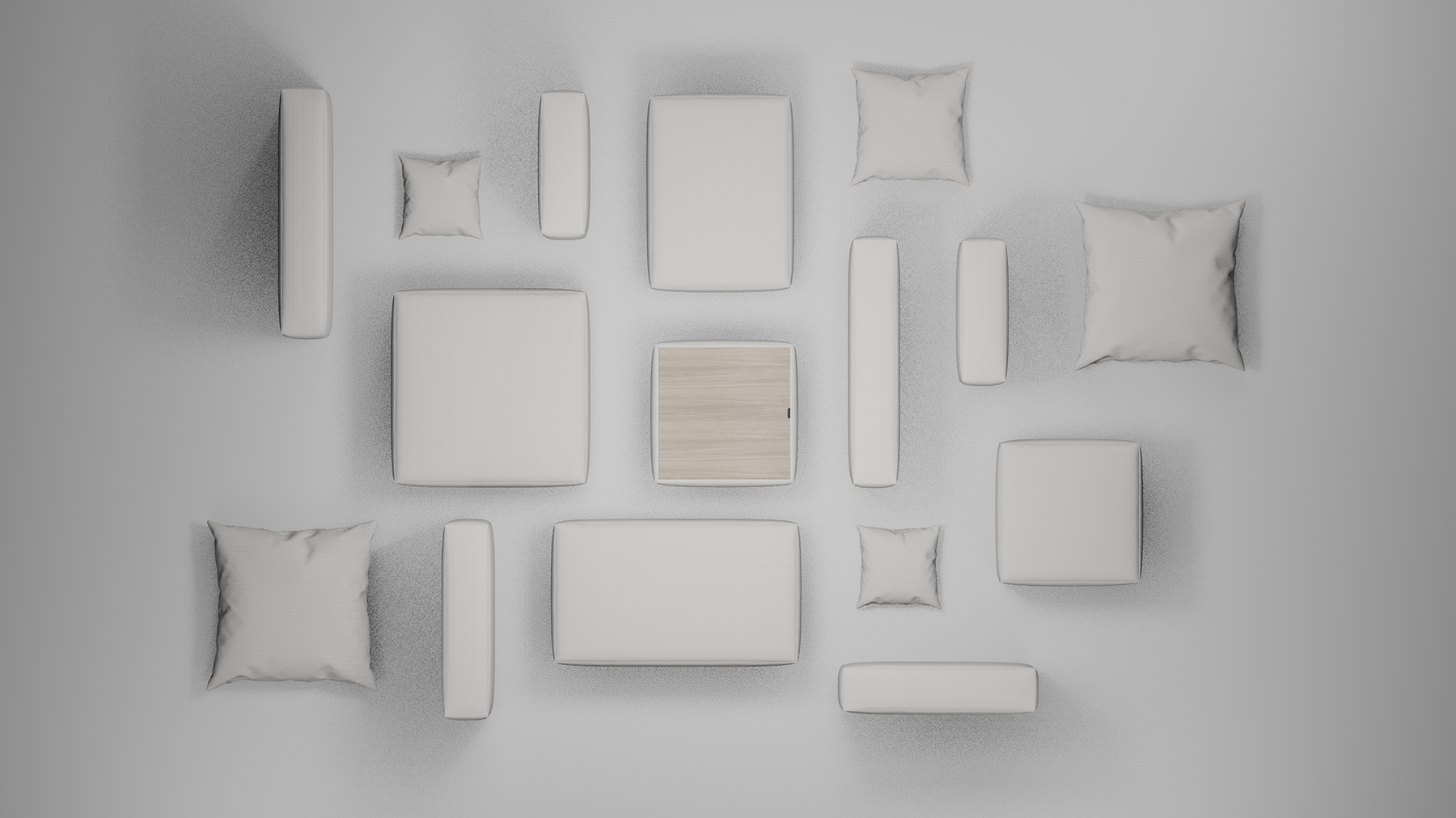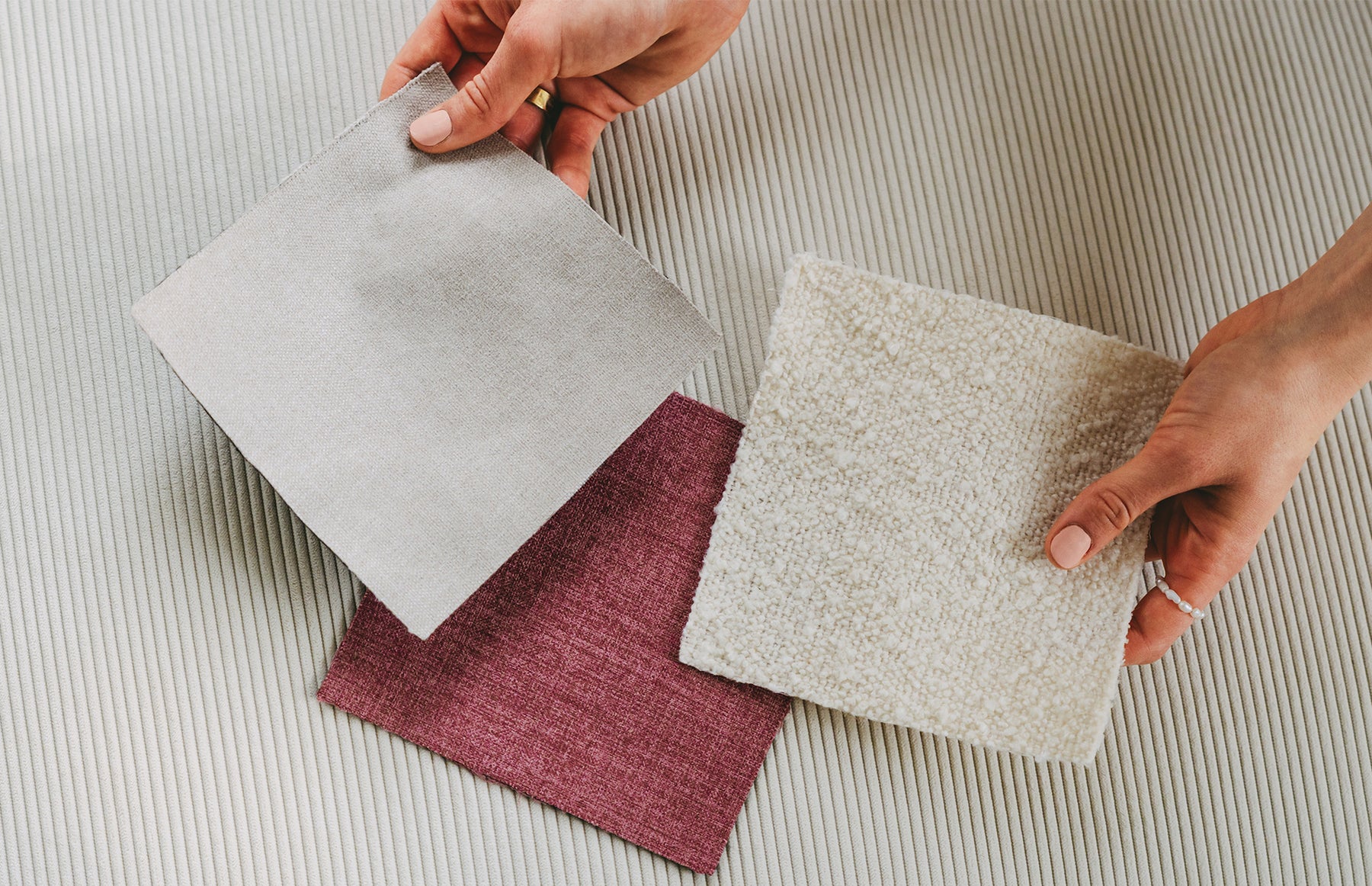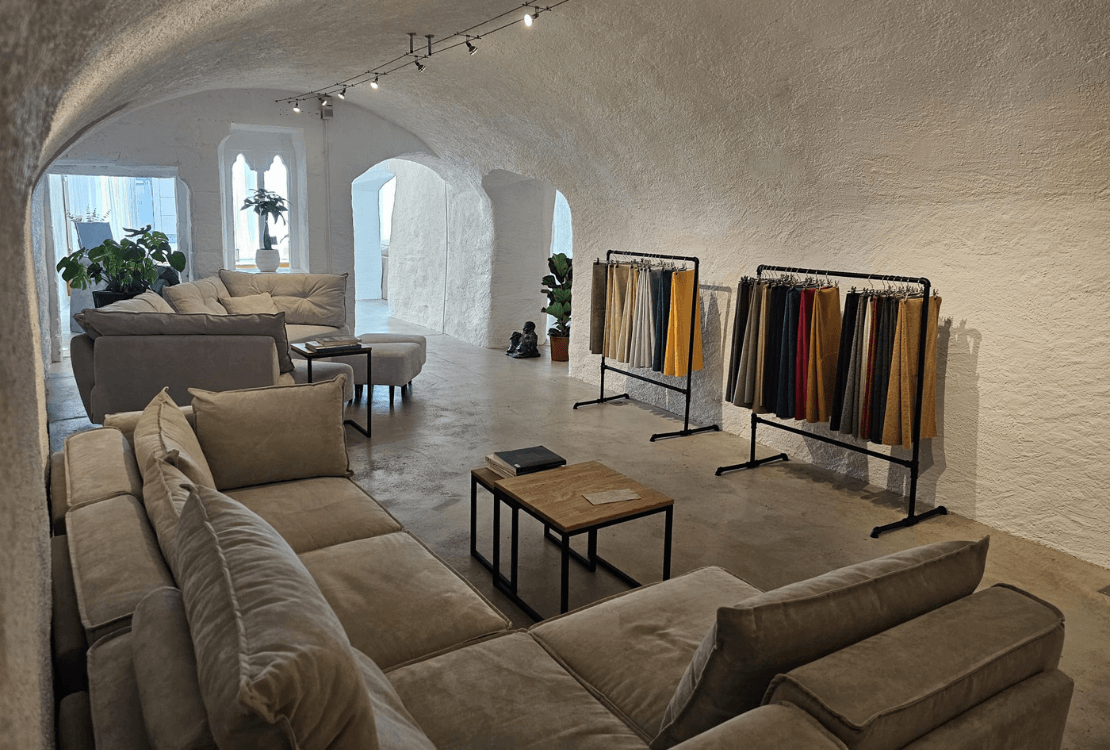In our time, more and more people are suffering from allergies. One of the most common allergies that many have to deal with is the house dust allergy. But did you know that even your sofa could be a trigger for allergic reactions? In this article you will find out which sofa is suitable for allergy sufferers and how you can keep your furniture clean and allergen -free.
What is a house dust allergy?
Before we deal with the selection of the right sofa, we want to understand what a house dust allergy is. House dust allergy is a hypersensitivity reaction of the immune system to certain components of house dust, such as mite droppings. The allergic reactions can express themselves through sneezing, itchy eyes, coughing, breathing difficulties and much more.
A dust allergy can significantly impair daily life. People who suffer from this allergy must be constantly on the hat to keep their symptoms under control. It is important to know the causes and symptoms of a house dust allergy in order to be able to take appropriate measures.
Causes and symptoms of a house dust allergy
The causes of a house dust allergy lie in the tiny house dust mites, which settle in our apartments and especially in our mattresses, upholstery and sofas. These tiny creatures feed on dead skin scales and multiply in warm and moist environments.
The symptoms of a house dust allergy can vary from person to person. Some people suffer from a blocked nose and sneezing attacks, while others have to deal with itchy eyes and rashes. In some cases, a house dust allergy can lead to severe shortness of breath and asthma.
It is important to note that house dust allergies can occur all year round because house dust mites live indoors and do not depend on seasonal influences.
Diagnosis and treatment of house dust allergies
To determine a house dust allergy, you should visit an allergist. This can make a precise diagnosis using skin tests or blood tests. It is important to identify the exact triggers of the allergy to take suitable measures to avoid.
Treatment of a house dust allergy usually includes avoiding house dust mites. This can be achieved by regular vacuuming, washing the bed linen at high temperatures and use of all -rounds for mattresses and pillows. In addition, antihistamines can be taken to relieve the symptoms.
In some cases, immunotherapy can be recommended. Here, the body is gradually given an increasing dose of the allergen in order to build a tolerance towards the allergen. This can help to reduce the severity of the allergic reactions over time.
It is important that people with house dust allergies clean their surroundings and free of dust hold. Regular dust, vacuuming and ventilation of the rooms can help reduce the number of house dust mites and relieve the symptoms.

Selection of the right sofa for allergy sufferers
An important step when coping with your house dust allergy is the selection of the right sofa. You should pay particular attention to the materials that can trigger allergies.
If you suffer from a house dust allergy, you would like to make sure your sofa does not cause allergic reactions. There are certain materials that are known to attract allergens and thus make your symptoms worse. Therefore, it is advisable to avoid sofas with such materials.
Materials that can trigger allergies
Certain materials can cause allergic reactions. This includes, for example, sofas with synthetic fabrics such as polyester or acrylic. These materials can literally attract house dust and other allergens. If you choose a sofa from such a material, there is a risk that you have to struggle with allergic reactions.
Another material that can trigger allergies is leather. Although leather is often considered durable and easy to care for, some people can cause allergic reactions. The tuning and treatment of the leather can contain chemicals that can trigger allergic reactions.
Recommended sofa materials for allergy sufferers
If you suffer from a house dust allergy, it is recommended Sofas from allergy -friendly materials to choose. Natural fibers like Cotton And linen are good options because they put on less dust. These materials are hypoallergenic and can help reduce your allergic symptoms.
Another important aspect when choosing a sofa for allergy sufferers is the possibility of cleaning. Sofas with removable and washable covers are ideal for enabling regular cleaning. By regularly washing the covers, you can effectively remove house dust and allergens and thus relieve your symptoms.
It is also advisable to pay attention to sofas with antimicrobial properties. These sofas are provided with special coatings that can inhibit the growth of bacteria and mold. This can help to reduce the strain from allergens in your home.
Ultimately, it is important that you check the sofa thoroughly before buying. Pay attention to possible seams or cracks in which dust and allergens could accumulate. A sofa with smooth surfaces and few hiding places for dust is ideal for allergy sufferers.
Care and cleaning of sofas for allergy sufferers
The Regular cleaning of your sofas is of crucial importance to remove allergy -causing substances and thus relieve your symptoms.
To combat house dust mites and other allergens, you should Soft suck on the sofa regularly. It is best to use a vacuum cleaner with a HEPA filter that catches the smallest particle. Also make sure to wash the pillows and covers regularly to remove dust and mites.
When cleaning your sofas, you should pay attention to allergy -friendly cleaning agents. Avoid aggressive chemicals and instead rely on environmentally friendly and hypoallergenic products. Make sure that they are particularly suitable for cleaning sofas.
It is also important to regularly clean the inside of the sofa. House dust mites can accumulate in the upholstery and pillows and cause allergic reactions. One way to do this is to use a steam cleaner. The hot steam not only kills mites, but also removes dirt and stains. Make sure you use the steam cleaner according to the manufacturer's instructions to avoid damage to the sofa.
Another tip for cleaning sofas for allergy sufferers is the use of all -rounds. These special references protect the sofa from dust mites and other allergens by forming a protective barrier. They can easily be pulled over the existing covers and washed regularly to ensure optimal hygiene.
In addition to regular cleaning, it is also important to take the indoor climate into account. Keep the air humidity low in your home, as dust mites thrive in a damp environment. If necessary, use a dehumidifier to control the air humidity. Ventilate your home regularly to let in fresh air and reduce allergens.
If you have pets, you should also make sure that they don't sleep on the sofa or stick to it. Animal hair and skin scales can trigger allergic reactions. Train your petsTo have your own cozy places and keep them away from your sofa to minimize allergic symptoms.
Further considerations for an allergy -friendly home
In addition to choosing the right sofas, there are other measures that you can take to make your home allergy -friendly.
Allergy -friendly carpets and curtains
Carpet And curtains can literally capture allergens such as dust and pollen. So choose allergy -friendly variants that are easy to clean. It is best to do without heavy curtains and choose carpets with a short flor. So you have fewer difficulties in removing allergens.
A tip for allergy -friendly carpets is the use of natural fibers like Sisal or Cotton. These materials are less susceptible to dust and mites than synthetic carpets. They are also environmentally friendly and ensure a pleasant indoor climate
With the curtains you should on materials such as Cotton Or put linen because they attract less dust than heavy fabrics such as velvet or velor. In addition, light curtains are easier to clean and offer less space for the accumulation of allergens.
Air purifier and other helpful devices
An air purifier can help free the air in your home from allergens. Pay attention to models with HEPA filters when selecting. These filters are particularly effective when removing fine particles such as pollen, animal hair and dust mites.
Another tip is the use of humidifiers, especially in the dry winter months. Dry air can irritate the mucous membranes and reinforce allergy symptoms. A humidifier ensures optimal humidity and can thus improve the well -being of allergy sufferers.
Special mattress and pillowcases can help keep allergenic substances away. These covers are equipped with a special membrane that prevents the penetration of allergens into the mattress or pillow. This reduces the risk of allergic reactions during sleep.
Another helpful tip is the regular cleaning of air filters in air conditioning systems and heating systems. Over time, these filters can clog with dust and other allergens and thus affect the air quality in your home. Regular cleaning or replacing the filters ensures optimal performance and reduces the risk of allergy symptoms.
Personal experiences and recommendations
To help you decide for the right sofa, we would like to introduce you to some personal experiences of allergy sufferers and recommended sofa brands.
It is particularly important that allergy sufferers pay attention to certain materials and properties to avoid possible allergic reactions. It is always interesting to hear from other allergy sufferers how they deal with their house dust allergy and which sofas they have discovered for themselves. Like to read experience reports and exchanged yourself with other affected people.
An allergy sufferer reports, for example, that he has had very good experiences with a leather sofa. Leather is naturally hypoallergenic and is easy to clean, which is particularly advantageous for allergy sufferers. Another person swears up Sofas with removable and washable covers, since these can be cleaned regularly to prevent a collection of house dust mites.
Discover our sustainable sofas with washing and interchangeable references:
Top sofa brands for allergy sufferers
There are some sofa brands that specialize in allergy-friendly furniture, such as Livom. These brands use high -quality materials and often also offer special allergy options.
Livom attaches great importance to the use of allergy -friendly fabrics And offers sofas with washable covers to create the most dust -free environment. In addition, the sofas have a high -quality structure with an integrated protective layer. Due to the different layers and the protective layer made of fabric, the sofas are ideal for allergy sufferers.
When choosing an allergy -friendly sofas, it is important to take individual needs and preferences into account. Some allergy sufferers prefer sofas with smooth surfaces that are easy to clean, while others rely on sofas with breathable fabrics that enable good air circulation.
Conclusion
When choosing the right sofas for allergy sufferers, it is important to pay attention to allergy -friendly materials and to clean them regularly. A house dust allergy does not have to mean that you have to do without comfortable and stylish furniture. With the right sofas and a good one Nursing routine Can you continue to enjoy an allergy -friendly home.
There are different materials that are particularly suitable for allergy sufferers. A popular material is, for example leather. Leather is naturally hypoallergenic and is easy to clean. It is a good choice for people with dust allergies because it does not accumulate dust particles. Leather is also durable and durable, so you will enjoy your sofa for a long time.

In addition to leather, there are also other allergy -friendly materials such as microfiber or special allergy -friendly fabrics. These materials are often provided with a special coating that prevents the penetration of allergens. They are easy to clean and still offer high comfort.
To ensure that your sofa remains allergy -friendly, you should clean regularly. Vacuuming is a good way to remove dust and allergens. It is best to use a vacuum cleaner with a HEPA filter that effectively absorbs the smallest particle. In addition, you should regularly wipe the sofa with a damp cloth to remove possible allergens.
Another tip is to ventilate the sofa regularly. The air humidity is regulated by regular ventilation and possible allergens are removed from the air. Simply open the windows regularly and let fresh air flow into the room.
It is also advisable Allergy -friendly covers to use for the sofa. These covers are often made of special materials that prevent the penetration of allergens. They can be easily removed and washed to ensure optimal hygiene.
If you choose an allergy -friendly sofa and clean it regularly, you can continue to enjoy a cozy and stylish home without your allergies being affected. Simply pay attention to the right materials and a good nursing routine to create an allergy -friendly living room.
